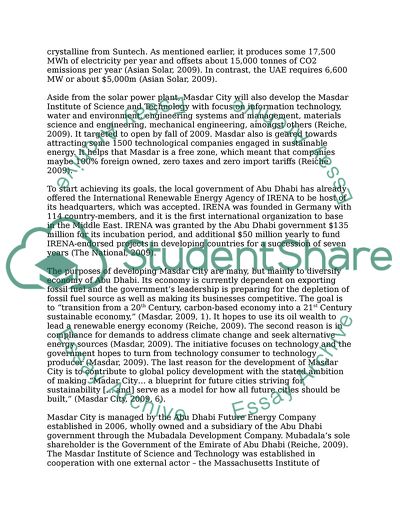Cite this document
(The Ideal Eco-City Beyond Masdar City Assignment - 1, n.d.)
The Ideal Eco-City Beyond Masdar City Assignment - 1. Retrieved from https://studentshare.org/architecture/1750570-intelligent-building
The Ideal Eco-City Beyond Masdar City Assignment - 1. Retrieved from https://studentshare.org/architecture/1750570-intelligent-building
(The Ideal Eco-City Beyond Masdar City Assignment - 1)
The Ideal Eco-City Beyond Masdar City Assignment - 1. https://studentshare.org/architecture/1750570-intelligent-building.
The Ideal Eco-City Beyond Masdar City Assignment - 1. https://studentshare.org/architecture/1750570-intelligent-building.
“The Ideal Eco-City Beyond Masdar City Assignment - 1”, n.d. https://studentshare.org/architecture/1750570-intelligent-building.


